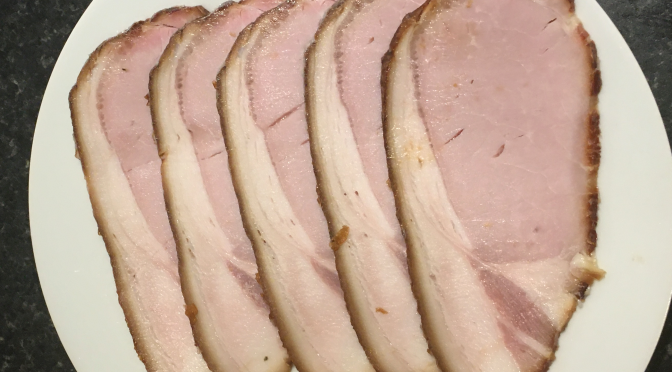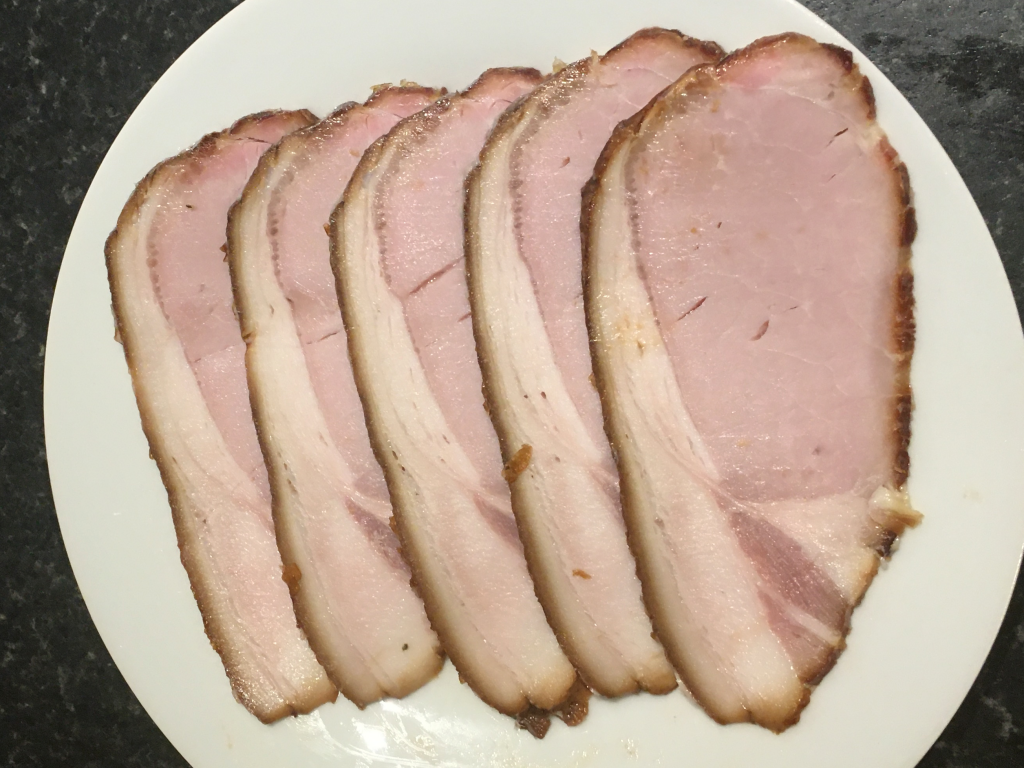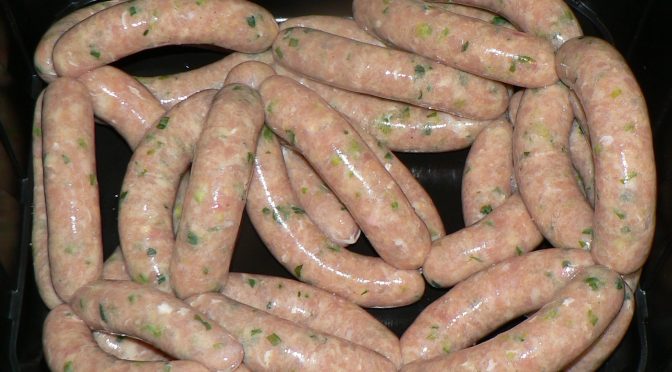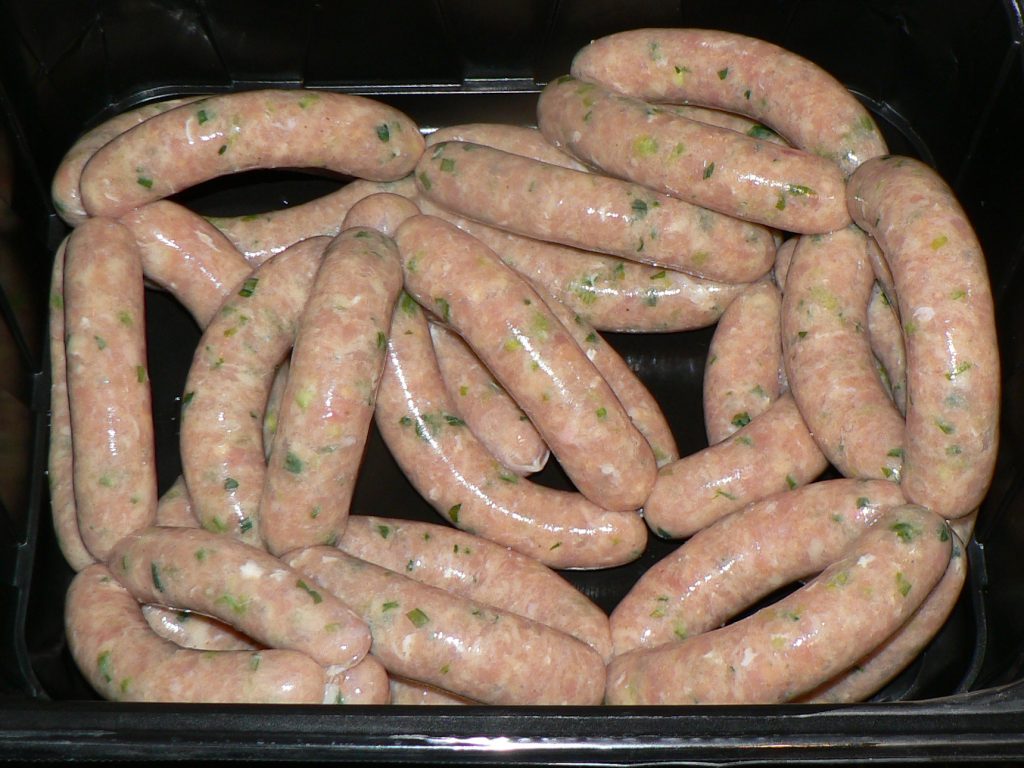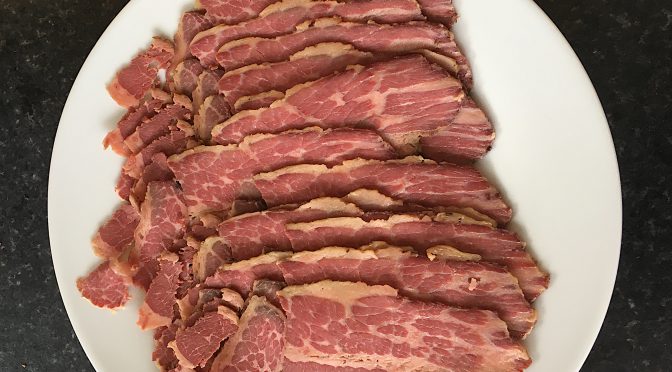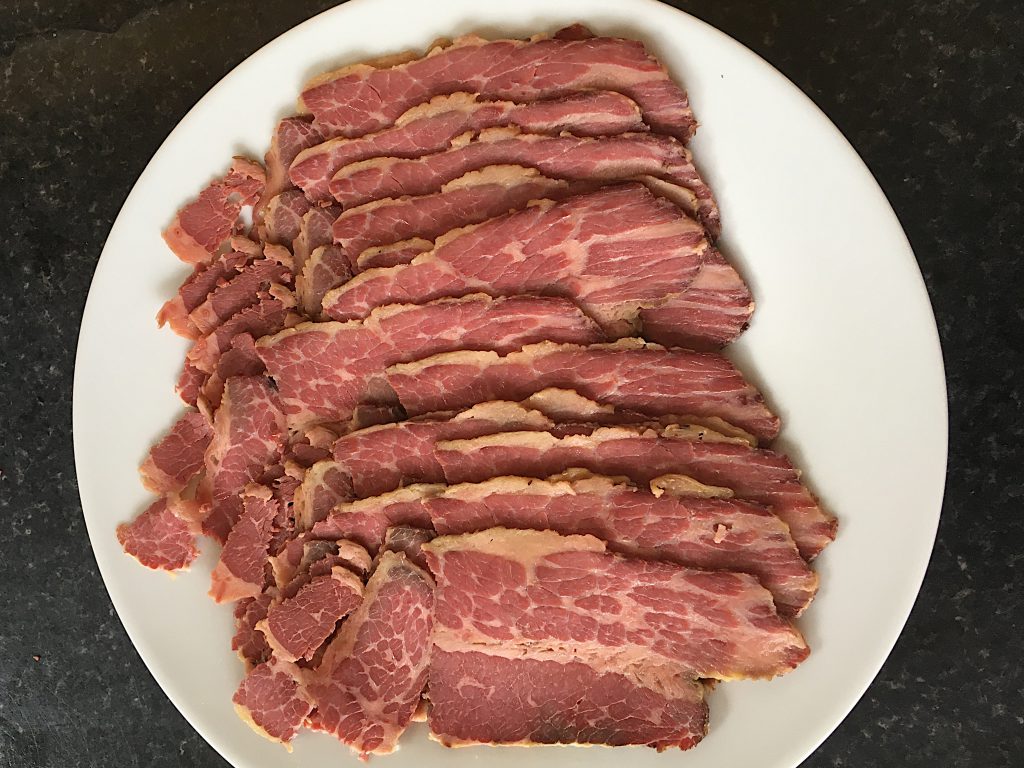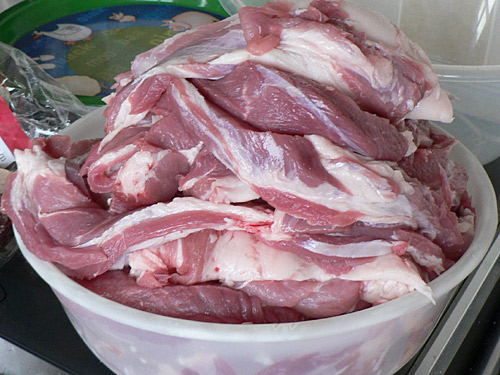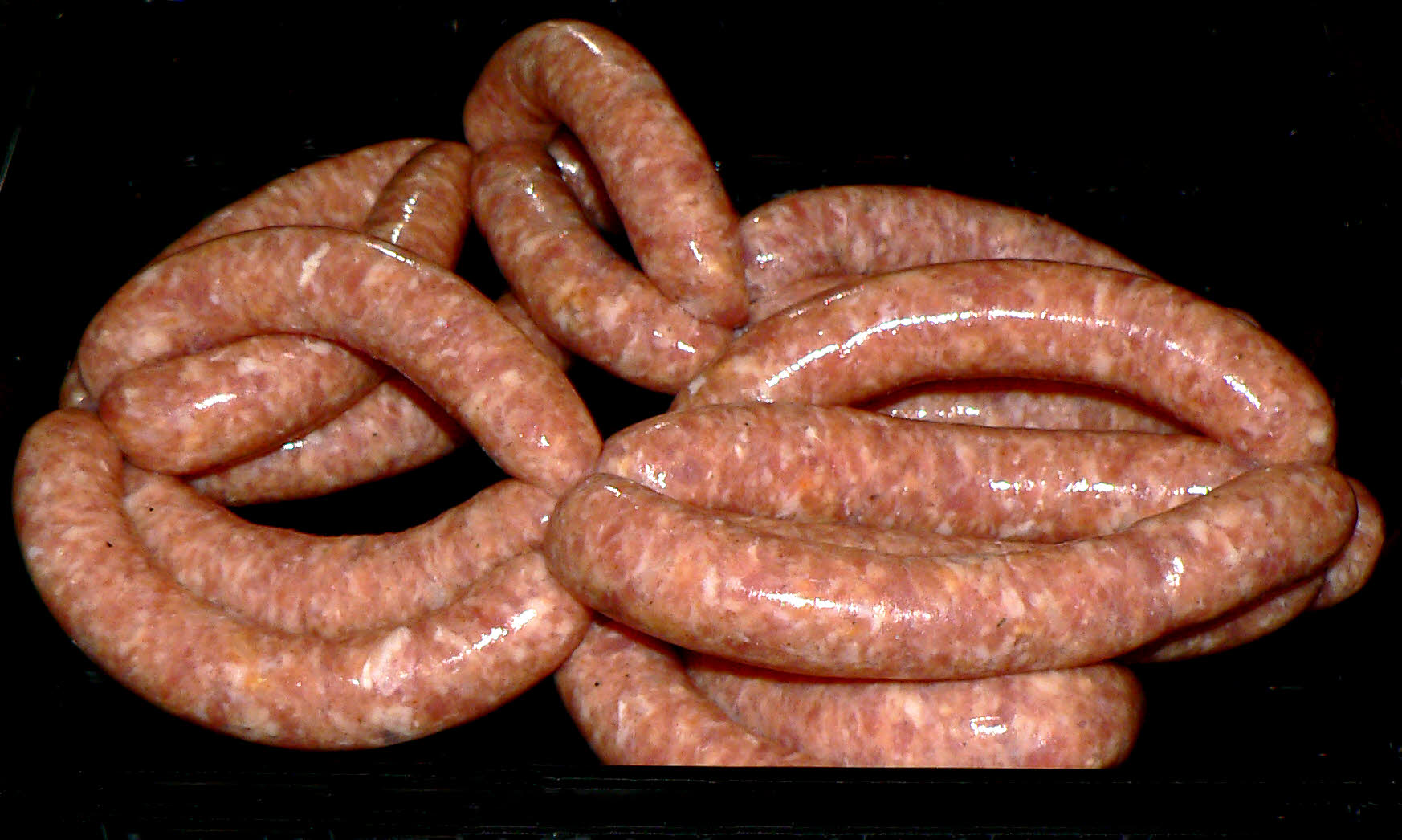The US and Canadian governments have rules limiting the amount of time that a salami can be held above 15.6°C (60°f) for fermentation of cultures. They are very similar other than one uses Fahrenheit and the other centigrade. It’s the Canadian rules (centigrade) that I’ll use for this explanation.
The rules use a calculation based on what is termed degree hours. The salami must reach a pH of 5.3 within a set number of degree hours. This is the number of hours that the salami is above 15.6°C multiplied by the amount that the temperature exceeds 15.6°C:
Degree hours = hours x temperature in excess of 15.6° C (60° F)
This number of degree hours is limited depending on the temperature being used:
Continue reading Calculating Maximum Fermenting Times